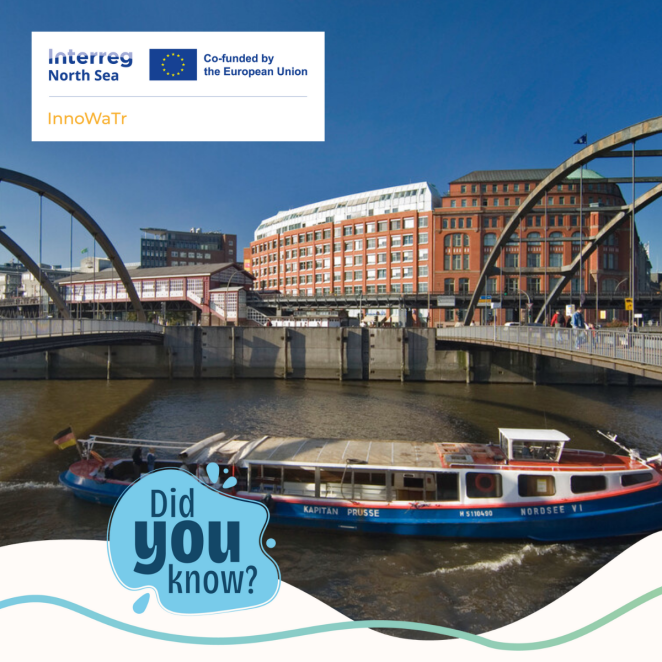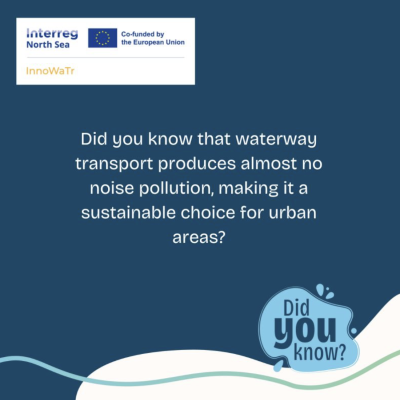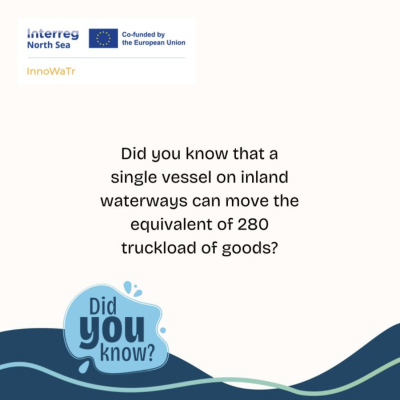Inland Waterway Transport (IWT) offers a multitude of benefits that are often overlooked in contemporary logistics discussions. Through our weekly "Did You Know" posts, we've aimed to shed light on these advantages.
The growing relevance of inland waterway transport
Inland waterway transport is not new, but it is more relevant than ever. As cities look for cleaner, quieter, and more efficient ways to move goods, the answer might be flowing right through them. With centuries-old canals, rivers, and ports, there’s a growing awareness that water could play a much bigger role in shaping the future of urban logistics. At InnoWaTr, we’ve been sharing weekly Did You Know facts on LinkedIn to highlight just how much potential inland waterways hold, especially in urban areas.
One of the city’s leading the way is Hamburg: a city with more bridges than Venice, Amsterdam, and London combined, and where eight percent of the area is water. It's a perfect example of how rich the infrastructure already is. But the real power of waterborne transport becomes even clearer when you look at the numbers: inland vessels can move the equivalent of 280 truckloads in one go, they produce almost no noise, and they emit up to 75% less CO₂ per ton-kilometre compared to road transport. They are also among the safest ways to transport freight, with far fewer accidents than road-based logistics.

© Mediaserver Hamburg / Thomas Hampel
Raising awareness through 'did you know' posts
What all these facts highlight is this: inland waterway transport is not a niche solution, but a practical and scalable mode of freight transport that is already proving its value, especially in urban environments. With significantly lower emissions, less noise, and high transport capacity, it offers a strong alternative to road transport in cities.
That’s exactly why we started sharing our Did You Know posts: to raise awareness about the overlooked potential of inland waterways. By sharing these facts, we want to make the case for smarter, cleaner, and more efficient city logistics; using infrastructure that already exists. Because the more people understand what waterborne transport can offer, the more momentum we can build to make it part of everyday urban logistics.





